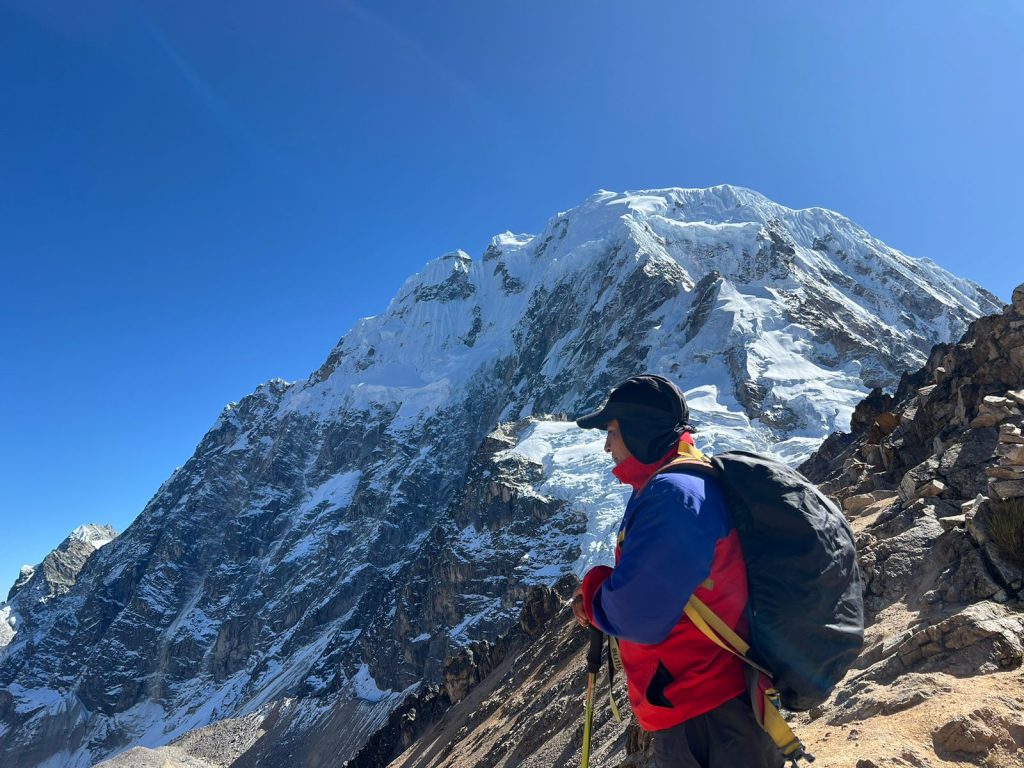Camera
- DSLR or Mirrorless Camera: Choose a camera that allows manual settings and performs well in low light. Popular options include:
- Canon EOS R Series
- Sony Alpha Series (A7 III, A7R IV)
- Nikon Z Series
- Full-Frame Sensor: Preferred for better low-light performance and wider fields of view.
Lenses
- Wide-Angle Lens: Essential for capturing expansive night skies and landscapes. Look for lenses with a wide aperture (f/2.8 or faster), such as:
- Rokinon/Samyang 14mm f/2.8
- Sigma 14-24mm f/2.8 DG HSM
- Canon RF 15-35mm f/2.8
- Prime Lenses: For sharper and brighter images, a fast prime lens like the 35mm f/1.4 is a great addition.
Tripod
- A sturdy and lightweight tripod is crucial for long-exposure shots. Recommendations:
- Manfrotto Befree Advanced
- Gitzo Mountaineer Series
- Peak Design Travel Tripod
- Look for a tripod that’s durable and easy to carry during treks.
Remote Shutter Release or Intervalometer
- Prevents vibrations during long exposures and is essential for capturing star trails or time-lapses.
- Canon TC-80N3
- Neewer Timer Remote Control
- Built-in camera apps (if supported)
Portable Star Tracker (Optional)
- For advanced astrophotography, a portable star tracker compensates for Earth’s rotation and allows longer exposures.
- Sky-Watcher Star Adventurer
- iOptron SkyGuider Pro


